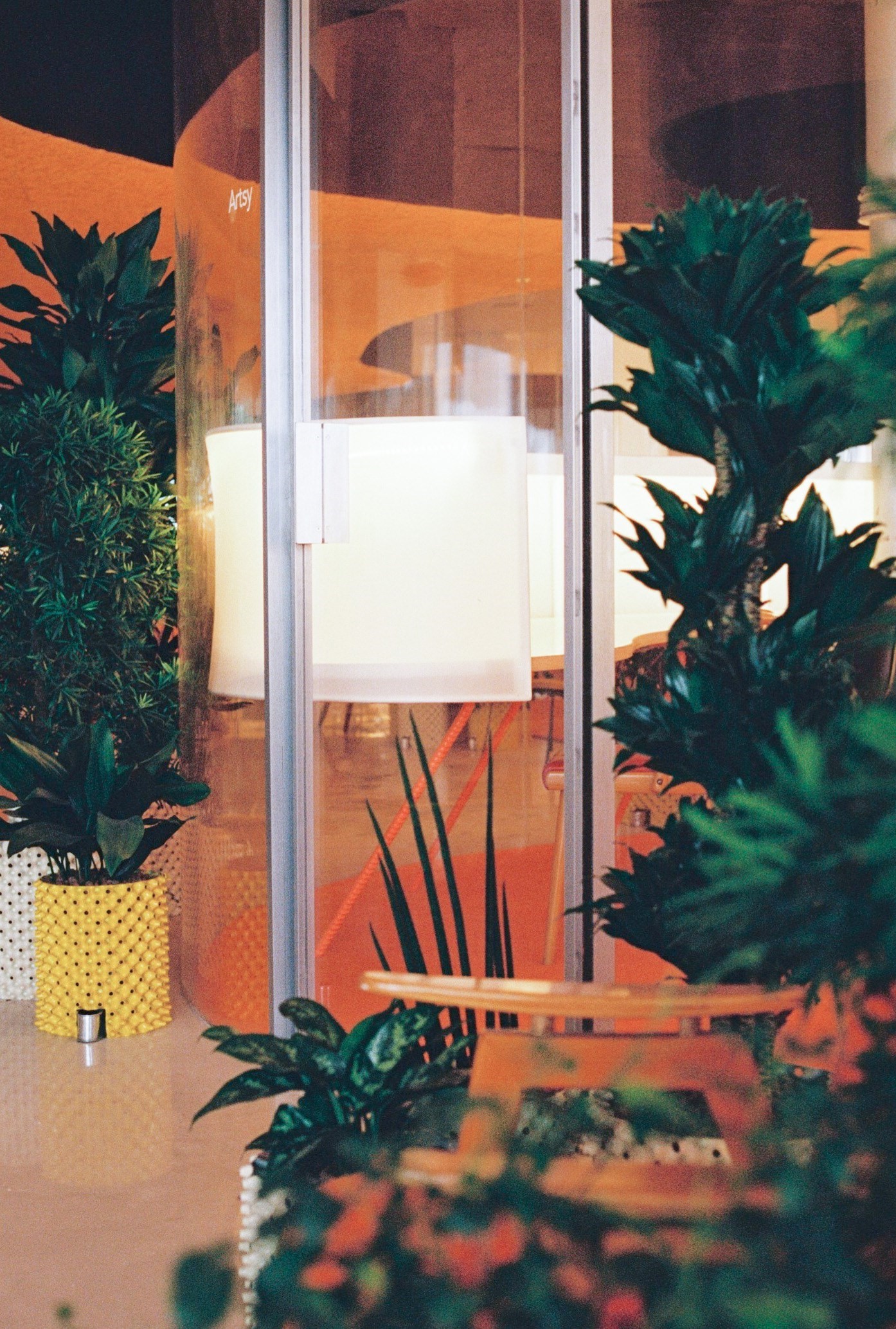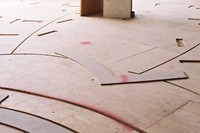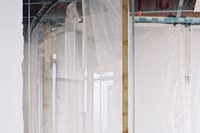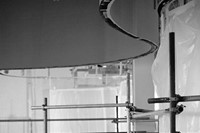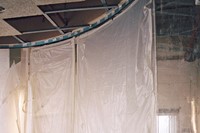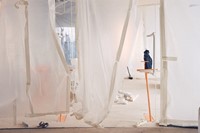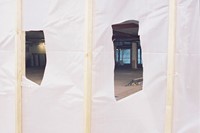"We made a very deliberate decision at the start to try and break from aesthetic clichés of innovation," explains Rohan Silva, the co-founder of cultural venue and creative workspace, Second Home. We are seated inside Jago, the public ground floor restaurant of the initiative – run by Louis Solley, the ex-head chef of Ottolenghi in Notting Hill – which bulges bubble-like in orange and clear recycled methacrylate onto a fruit tree-lined section of east London's Hanbury Street. "There are no bean bags or foosball tables," Silva continues: "no fake hipster clichés, like brick wallpapers, bare lightbulbs, moustaches all that stuff."
Delicately curved, translucent surfaces, akin to the sculptures of Dan Graham, and a Thoreau-like affinity with nature are integral to the holistic aesthetic of Second Home, which opened in 2014. Across 75 studios and teams of four to 30, a diverse range of digital companies hold rolling memberships, from Ermenegildo Zegna’s innovation lab to Kickstarter. The ergonomically appealing space, designed by the Spanish architects SelgasCano (the duo behind 2015’s prismatic Serpentine Pavilion), is composed of fluid contours in warm ambers and yellows, over 1,000 plants and trees, and furnished with mid-century modern furniture, each and every piece different. "It’s a reaction against this corporate idea of everything being the same," Silva explains. "If SelgasCano were here today you’d see them moving the furniture around."
Here, we take a closer look at the two new light-filled floors of Second Home – with accompanying photographs of its development by Tess Hurrell – designed to cultivate creativity…
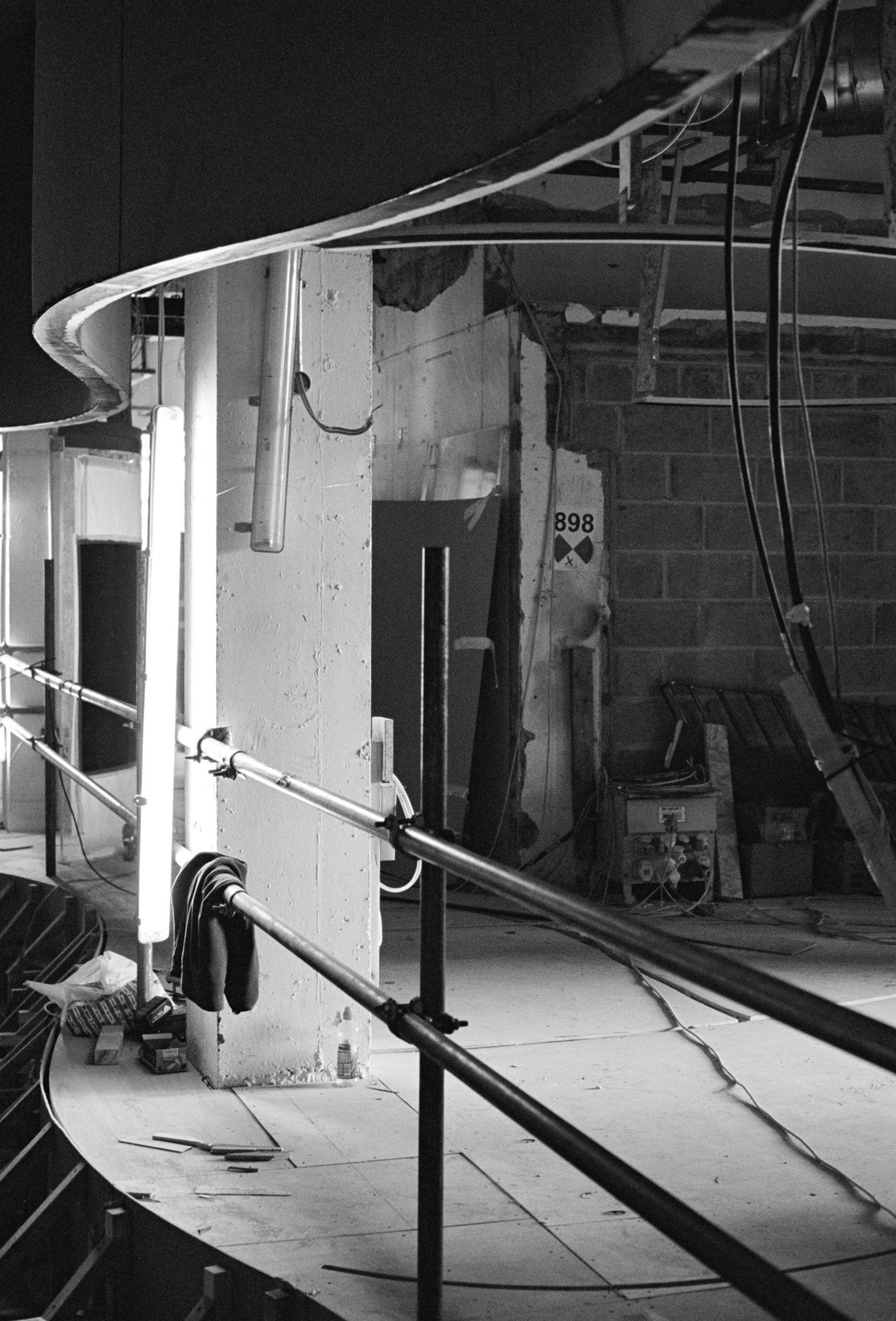
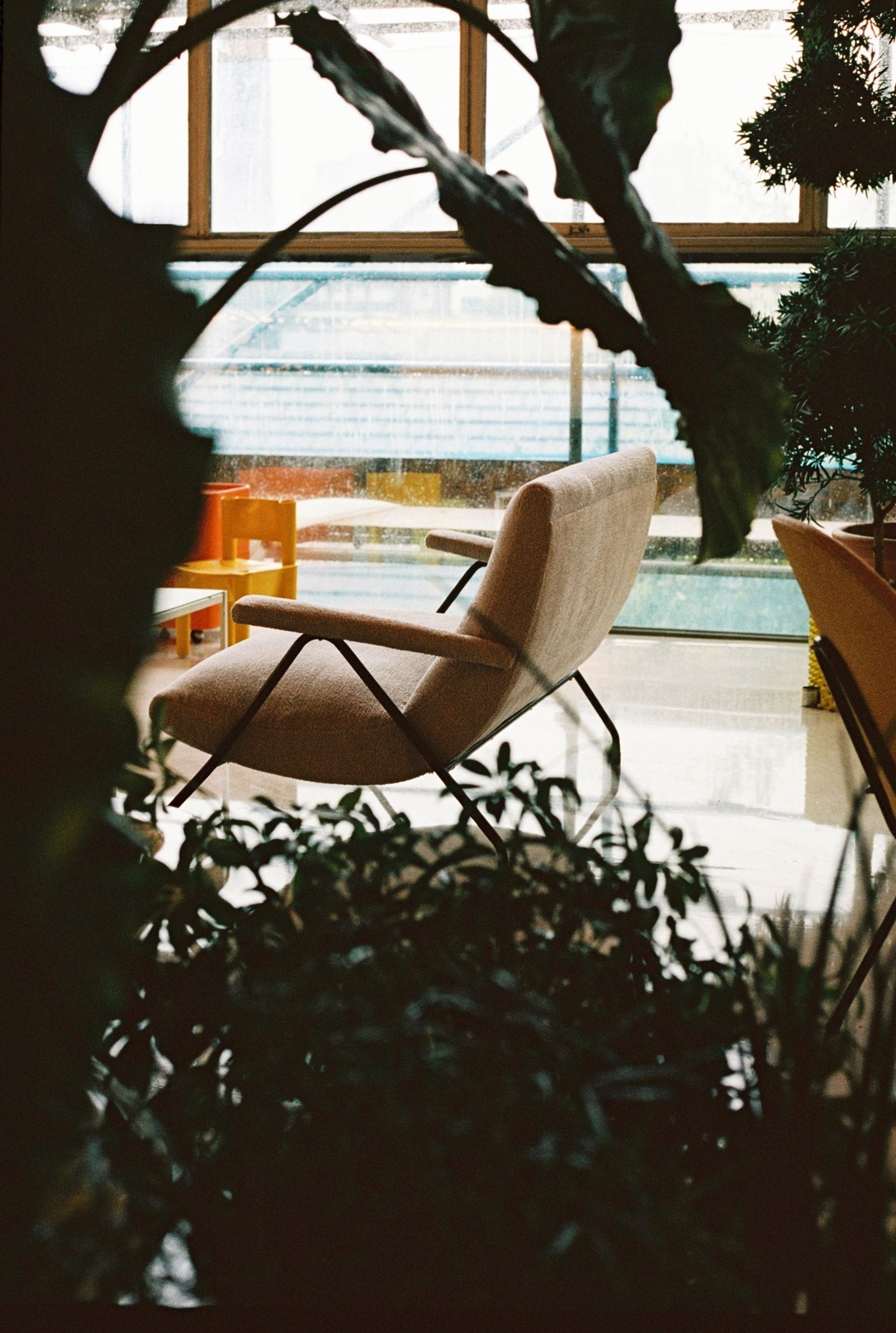
An Incubator For Contemplation
"People were hugely excited about the Hanging Gardens," explains Sam Aldenton, co-founder of Second Home, of the original lower-ground floor section of the space, brimming with verdant shrubbery, where all electronic devices are banned. It echoes SelgasCano’s own personal office space, a greenhouse-like studio in the forests outside Madrid, with views into a tree-lined sky. "We tried to recreate this feeling of sanctuary throughout the new third and fourth floors, with more tranquil isolated spaces for people to congregate in," he says.
Among studios occupied by George Pank, the Oscar-winning producer of Amy, and Bulb, a renewable energy company, are cubbyhole-like clusters of Bauhaus chairs and shrubs, planted in knobbly 'airports', plant pots inspired by the irrigation system SelgasCano created for the Spanish Pavilion at 2012’s Venice Biennale Architecture exhibition. The floors also feature one standing and one silent working area, and later this year a closed rooftop club space will also open, featuring a bulrush and water lily lined pond. "We didn’t evolve around environments that look like our cities," notes Silva. "We evolved around plants and trees and seasonality."
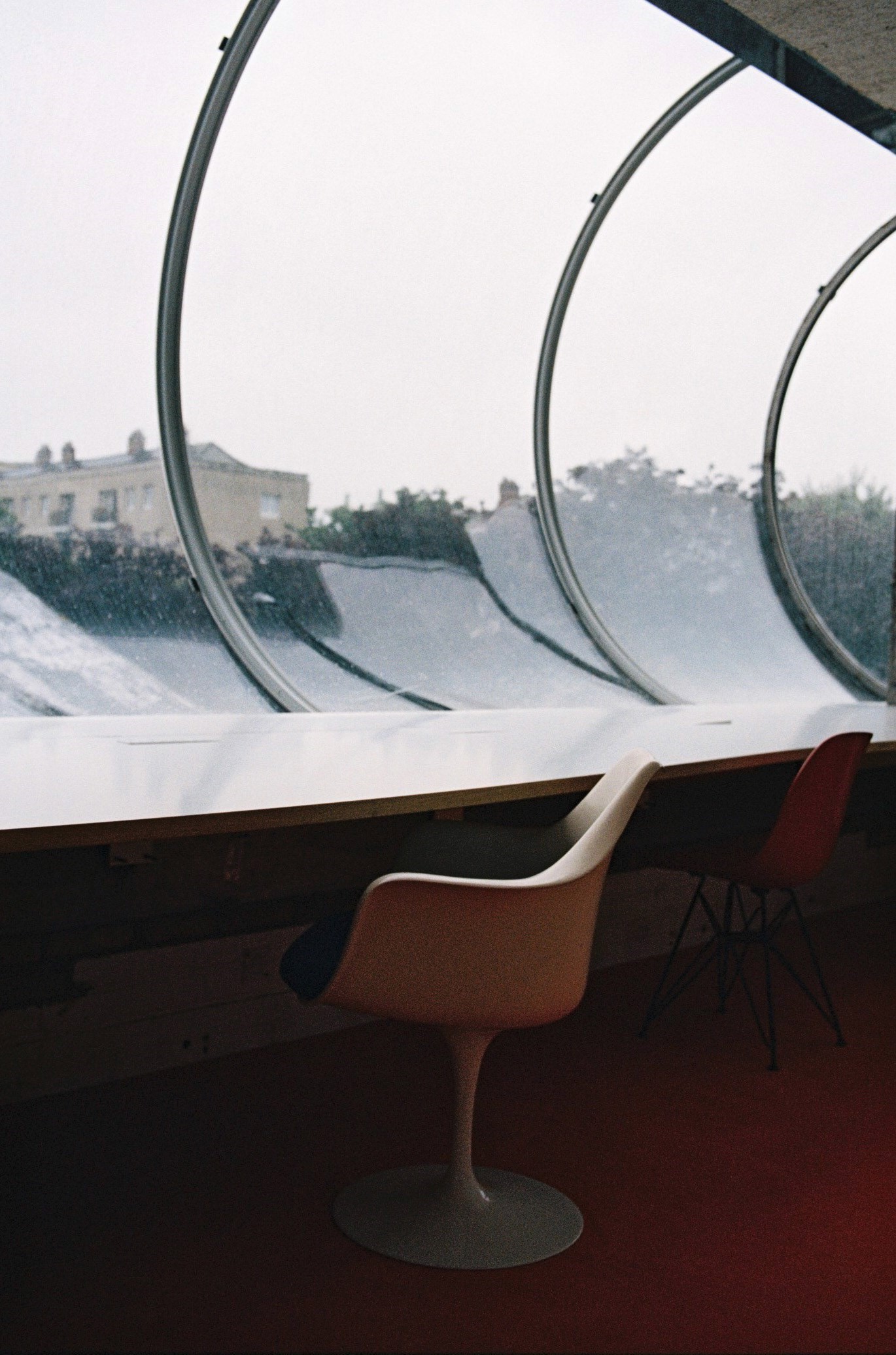
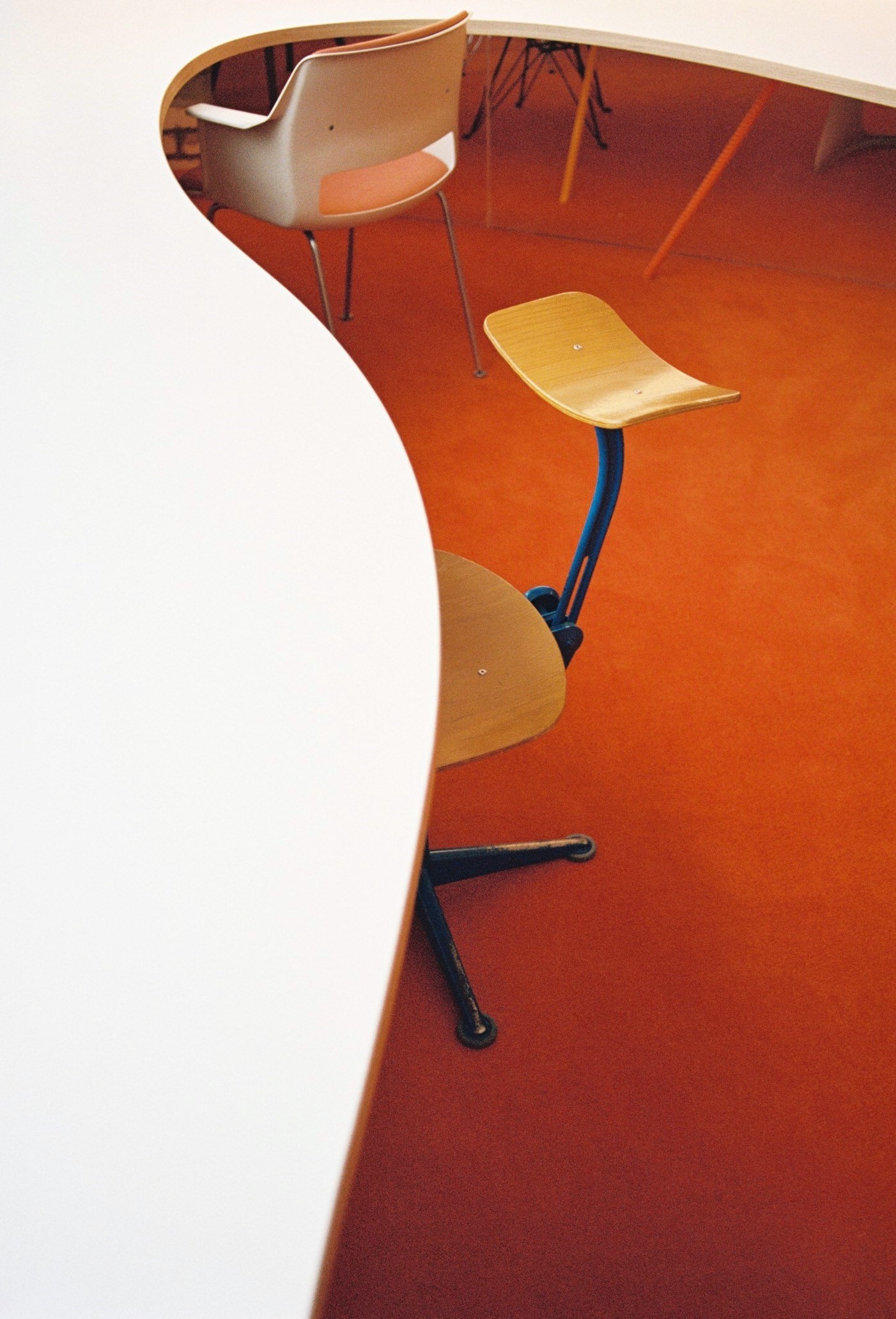
A Collision of Creativity
"I used to spend quite a lot of time at The Massachusetts Institute of Technology," says Silva, who worked as a former senior policy advisor to David Cameron before opening Second Home. "There was a pre-fabricated old shed called Building 20, that was meant to be torn down after World War Two. It ended up becoming the most innovative place in the world, where researchers who didn’t fit anywhere got shoved, and people were constantly bumping into each other from different fields." A winding stairwell connects the new floors of Second Home, and studios doors slide open allowing people to openly interact, like the Oculus Rift specialists Visualise, who now create virtual reality property viewings for the real estate firm Cushman and Wakefield.
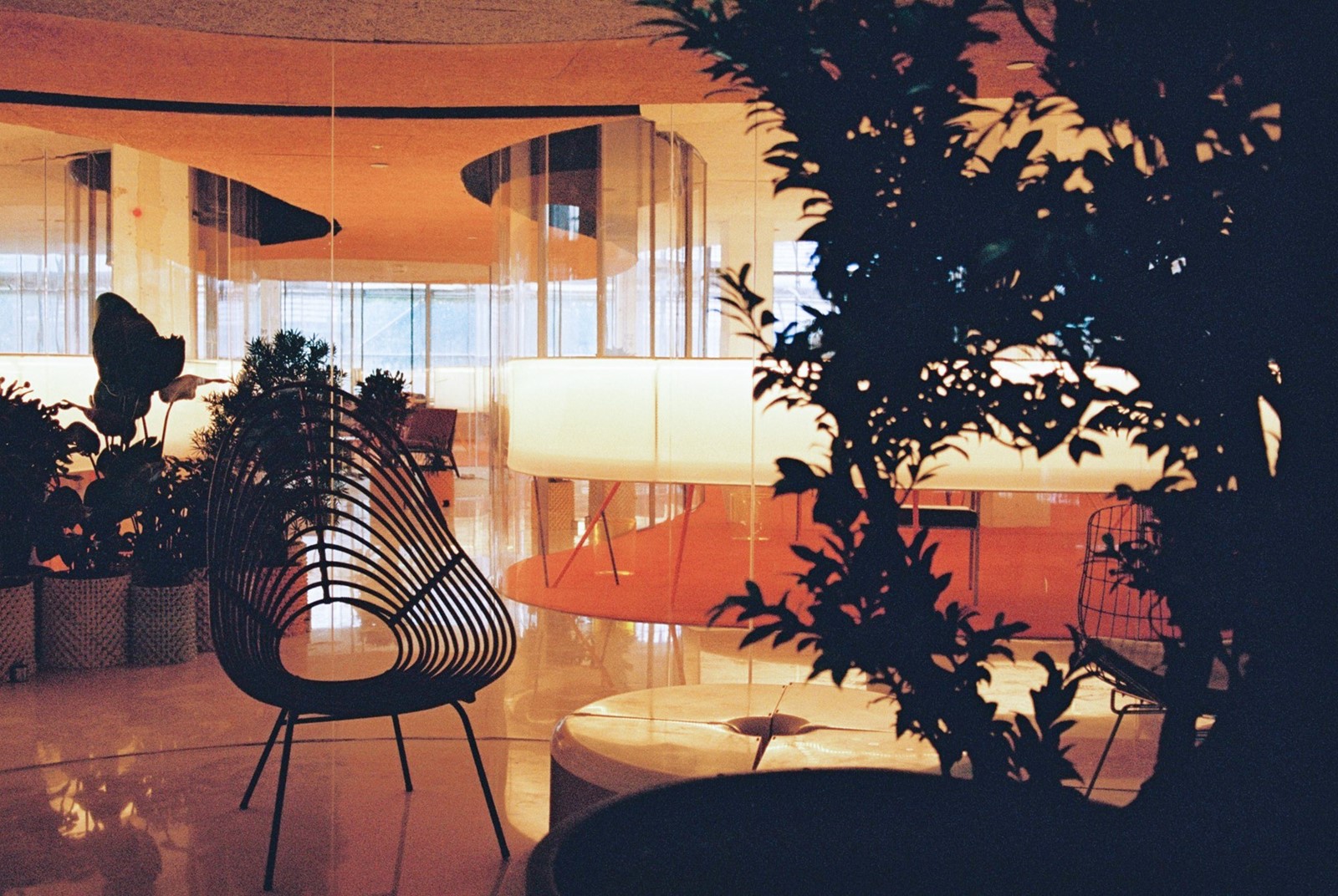
"The staircase was actually designed by our engineer," adds Aldenton. "SelgasCano really encourages a team of people to input their best ideas, it’s a beautiful way of working." Having opened a second space in the Mercado da Ribeira in Lisbon, and with a Second Home opening in Los Angeles in 2017, this creative conversation is extending worldwide. "The bigger the community, the more potential connections that can evolve within it," Silva says. "Niklas Zennström, the founder of Skype, spent a day at Second Home meeting a bunch of companies moving into the Lisbon office. Algorithms and data are great, but human introductions are still so essential for creativity."
With special thanks to Second Home.
